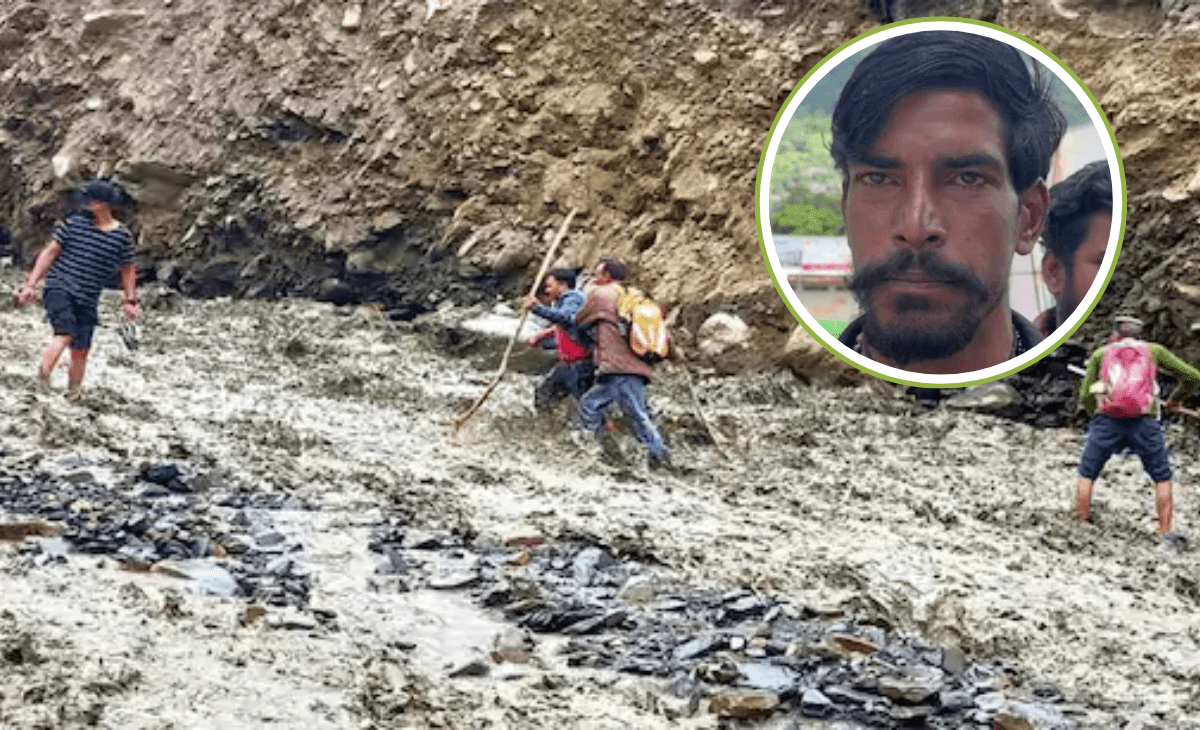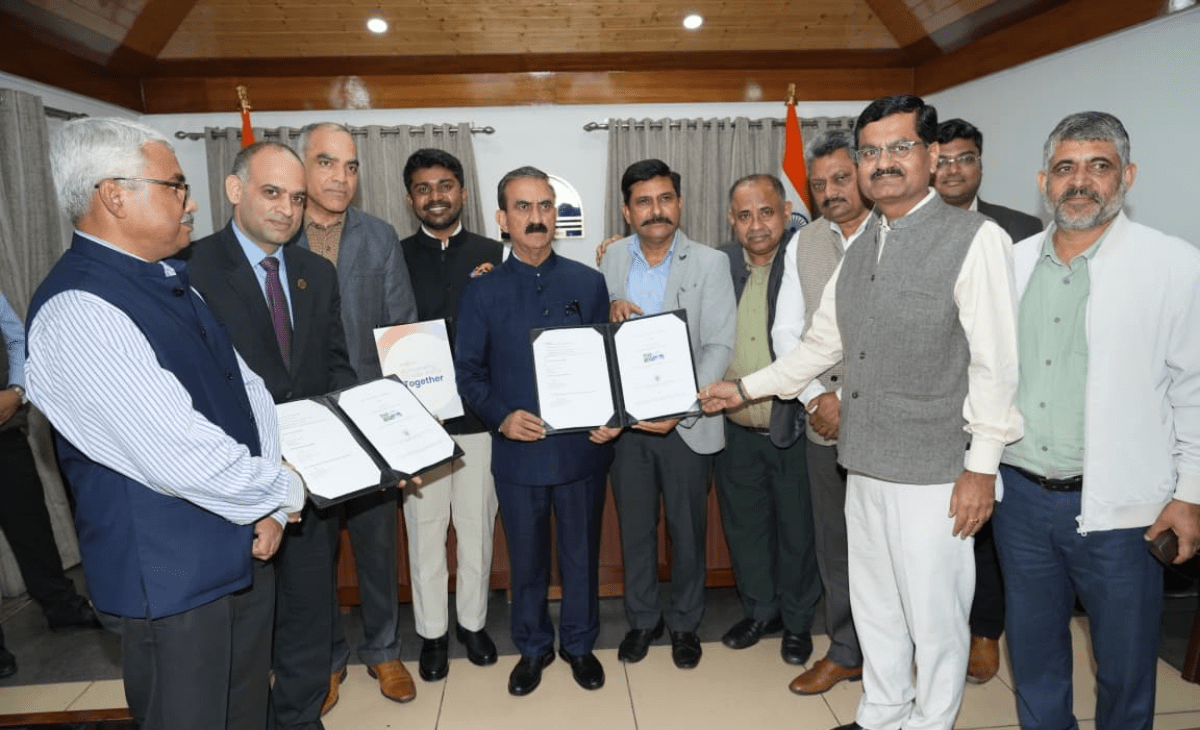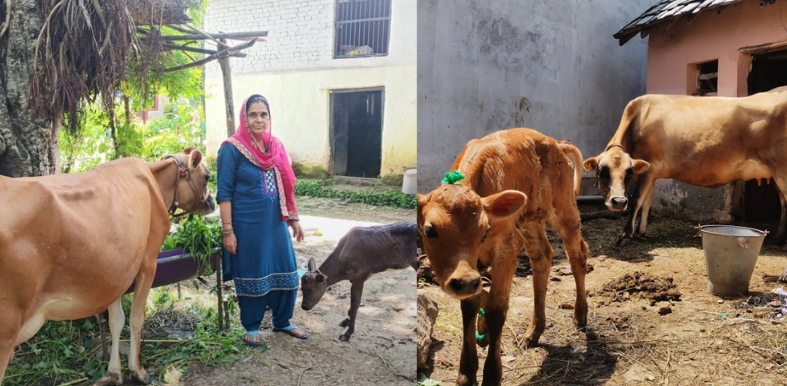Munish Sood
MANDI: What began as a simple return journey from a local fair turned into a test of endurance for Vijay, a cloth trader, and 12 of his companions. Trapped near Chatdu in Lahaul-Spiti on August 24 after sudden flashfloods blocked the road, the group had no option but to attempt the impossible — trekking 130 km on foot through flooded streams, landslides and fallen trees before finally reaching Kullu on Thursday.
“We had no choice. Streams were overflowing, vehicles were stranded everywhere and mobile networks had collapsed,” Vijay recalled. “We survived on little food, walked day and night, and somehow managed to reach Manali in three days before making it to Kullu. At the Atal Tunnel we got some help, but beyond Dhoondi a fallen tree forced us to take a dangerous detour.”
Their ordeal reflects the larger humanitarian crisis unfolding in Himachal Pradesh, where incessant rain and landslides have left districts cut off and thousands stranded.
In Chamba, the rising Ravi flooded low-lying villages, eroding homes and forcing mass evacuations. The Manimahesh Yatra, which draws thousands of pilgrims each year, has been suspended after roads leading to Bharmour and Salooni were washed away.
The scale of disruption extends far beyond Chamba and Kullu. Across Himachal, hundreds of roads remain blocked, of them more than 240 in Mandi, 100 in Kullu and nearly 80 in Chamba. Washed-out bridges, snapped power lines and broken drinking water schemes have deepened the crisis. Schools have been shut in multiple districts as a precaution.
The tourism sector, the backbone of the hill economy, is reeling under the double blow of damaged infrastructure and stranded visitors. Hotels are running empty while thousands of travellers remain stuck in isolated valleys.
The authorities have set up a 24×7 control room at Sissu in Lahaul to coordinate rescue operations. More than 550 tourists remain trapped between Sissu and Keylong after flashfloods damaged the highway at Teling nullah. Air rescues, road clearance drives and supply drops are underway, though persistent rain and unstable terrain continue to delay progress.
Deputy Commissioners across districts are monitoring relief work, while disaster response teams have been deployed to the worst-hit zones. Food packets, tents and medicines are being rushed to cut-off villages, but access remains the biggest challenge.
Government Push for national calamity tag
The state government has estimated losses of over Rs 2,600 crore to infrastructure, agriculture and tourism since the onset of monsoon. During the monsoon session of the Assembly, MLAs cutting across party lines unanimously urged the Centre to declare the devastation a national calamity and release a special relief package.
Deputy Chief Minister Mukesh Agnihotri said that helicopter sorties are airlifting stranded pilgrims and villagers from remote areas. Rescue efforts, he said, would continue “till the last person is brought to safety”.
For survivors like Vijay, the memory of their forced march will last a lifetime. “We just wanted to get back alive,” he said, exhausted yet relieved in Kullu. But with rains showing no signs of relenting, Himachal Pradesh continues to stand on edge — grappling with washed-away highways, stranded communities, and an anxious wait for the skies to finally clear.





